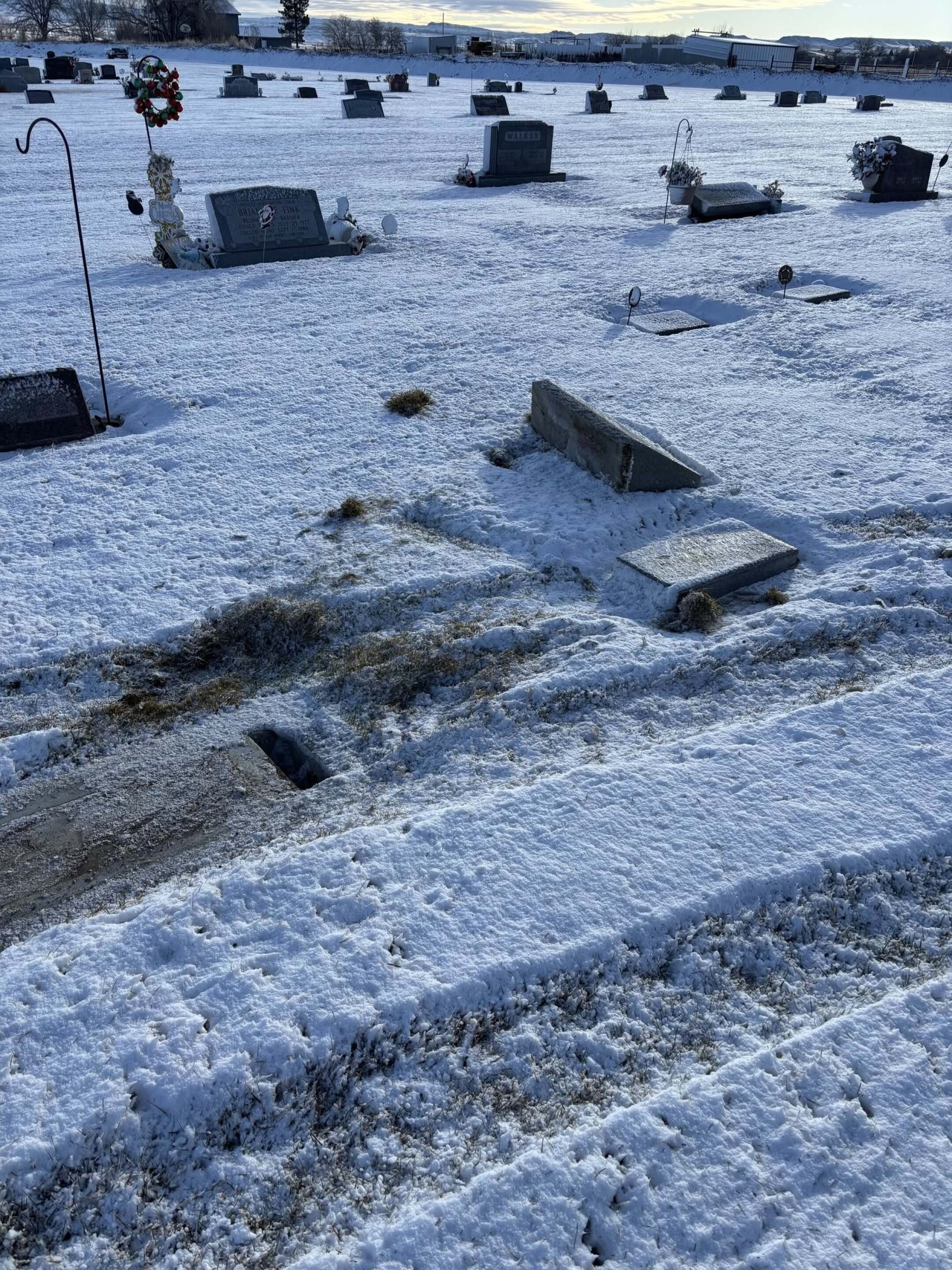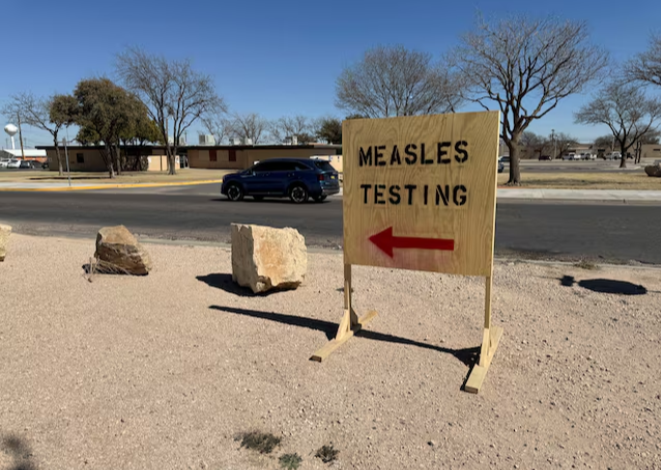Measles cases are on the rise both in the United States and internationally, posing a potential risk for travelers, USA Today reports.
Health officials warn that unvaccinated individuals are the most vulnerable, with 97% of US cases this year occurring in people who were either not vaccinated or had an unknown vaccination status, according to the Centers for Disease Control and Prevention (CDC).
As of early 2025, there have been 483 confirmed measles cases reported across more than a dozen US states, including California, Florida, Ohio, and Vermont, with the highest concentrations in Texas, New Mexico, and Kansas. The total has already surpassed the number of cases recorded in all of 2024. Europe is also experiencing its highest measles outbreak in over 25 years, according to a joint analysis by the World Health Organization (WHO) and UNICEF.
Measles is a highly contagious virus that spreads through respiratory droplets when an infected person coughs or sneezes. It can also linger in the air for up to two hours, putting others at risk even after an infected person has left a space. The CDC has noted that international travel plays a significant role in the spread of measles, with unvaccinated travelers bringing the disease back to the US and potentially causing outbreaks.
“Whether travelers should be concerned depends on their immunity and the risk level in their destination,” said Dr. Stephen Morse, an epidemiology professor at Columbia University’s Mailman School of Public Health.
The CDC and WHO strongly recommend that travelers ensure they are fully vaccinated against measles before international trips. The measles, mumps, and rubella (MMR) vaccine is 97% effective after two doses, while a single dose offers 93% protection. The CDC advises getting vaccinated at least two weeks before departure, but even a last-minute dose can still provide significant protection.
While additional booster shots are generally not necessary, some travelers heading to high-risk areas may consider them.
“If I were traveling to a country with a major outbreak, like the Philippines or parts of Africa, I would consider getting a booster along with other routine travel vaccinations,” Morse said.
In addition to vaccination, other preventive measures include:
Practicing good hand hygiene
Avoiding close contact with individuals showing measles symptoms, such as fever and rash
Wearing masks in crowded areas, as measles primarily spreads through the respiratory system
The CDC advises travelers to stay vigilant for symptoms for up to three weeks after returning from areas experiencing outbreaks. Measles symptoms include fever, cough, runny nose, and a distinctive rash. If symptoms appear, travelers should contact their healthcare provider before visiting a medical facility to prevent further spread.
The CDC maintains an updated list of countries with high measles transmission, which travelers can check before planning trips.










The latest news in your social feeds
Subscribe to our social media platforms to stay tuned